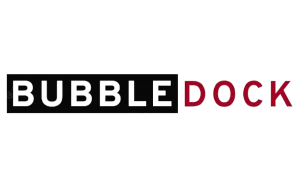Today, the State is summoned to act, or even stunned, by the situation of the economy suffering from a chronic lack of cash. Unable to reimburse all of the VAT, the public authorities have chosen the factoring system. It is an agreement with the banks, which commits them to take charge of the principal of the VAT, to be repaid over 5 years, leaving the operators to bear the interest.
This approach has already been adopted by the Ministry of the Economy and Finance, forced to conclude, on October 13, 2015, two memoranda of understanding, with ONCF and ONEE, to specify the terms of support by the state of their cumulative VAT credit as of December 31, 2013. In this context, ONCF and ONEE were authorized “to raise loans on the national financial market in the amount of VAT credits born over the period 2004-2013, respectively 1.8 billion dirhams and 2 billion dirhams. Loan repayment deadlines are supported by the State and settled over 7 years.
The VAT credit: the tax sluggishness
In fact, the VAT credit is like the doggie, a weed that reproduces ad infinitum, reinforced by the annual finance laws which bring new measures inconsistent with the entire text of the VAT. Using the business calculator happens to be essential in this case.
Thus, for the ONCF, an attempt was made to settle its limit situation by raising the applicable VAT rate from 14% to 20%, knowing that its investment costs bear a rate of 20%. Result, we end up with two VAT rates for transport: 20% for the ONCF and 14% for the rest of the carriers.
For the agri-food sector, such as farmers, its main suppliers, are outside the scope of this tax, a quirky measure has been instituted, called “non-apparent” VAT. It allows them to deduct a theoretical VAT, determined on the basis of purchases of agricultural products used in processing.
It is important to know that the dysfunctions of this tax are the result of several factors:
- The first is due to the presence of a large number of exemptions, some without the right to deduct and others with the right to deduct
- The second concerns the multiplicity of rates: 0%, 7%, 10%, 14% and 20%
- The third is linked to the fact that VAT is not applicable to all activities, such as the agricultural sector, for example. The lack of generalization of the tax breaks the chain of the process, which should pass it entirely to the end consumer. This must be perceived at all stages of production and marketing
Finally, we must add the tax evasion of certain formal enterprises and the presence of an informal sector, the importance of which remains difficult to apprehend and assess.
However, this does not prevent operators, who cannot recover VAT, from integrating it into their selling prices, thus straining the purchasing power of households. Likewise, a rate cut is not automatically passed on. Conversely, an increase in the rate almost always results in an increase in the selling price.






















